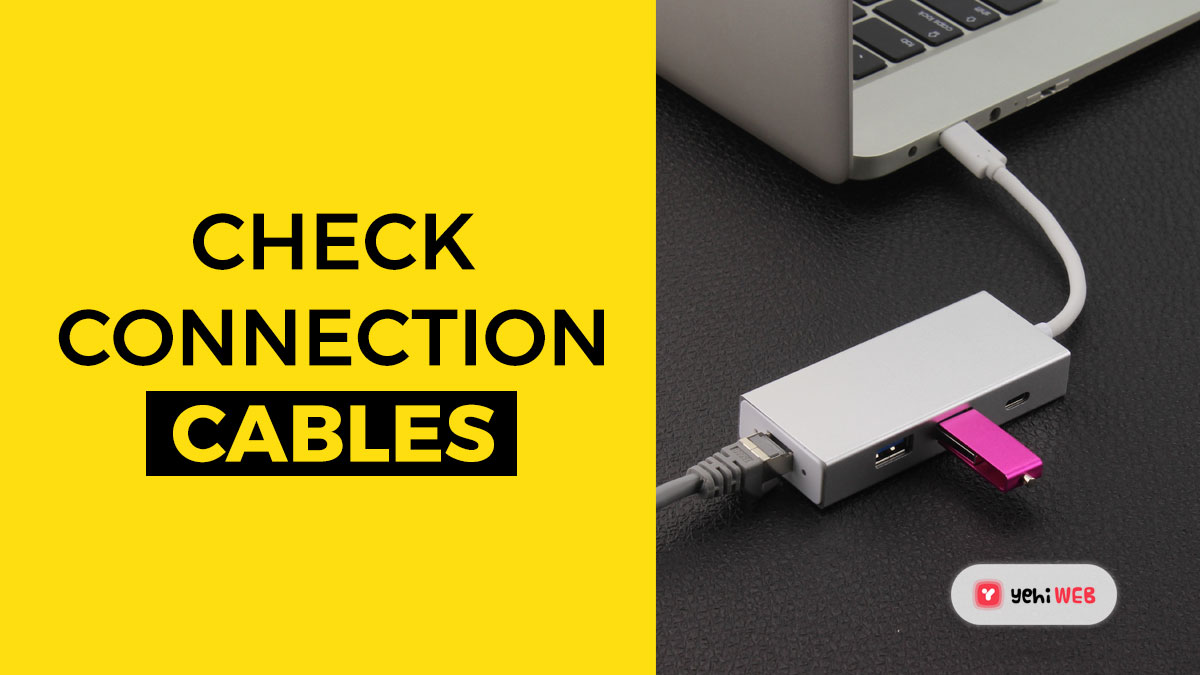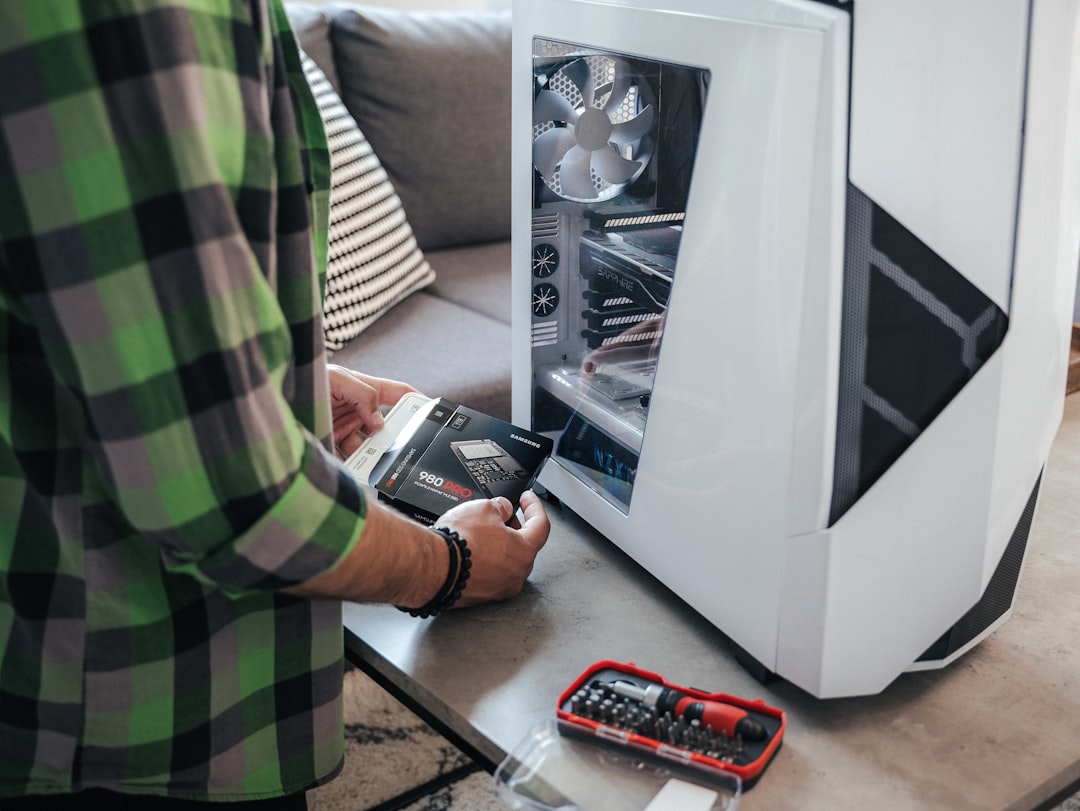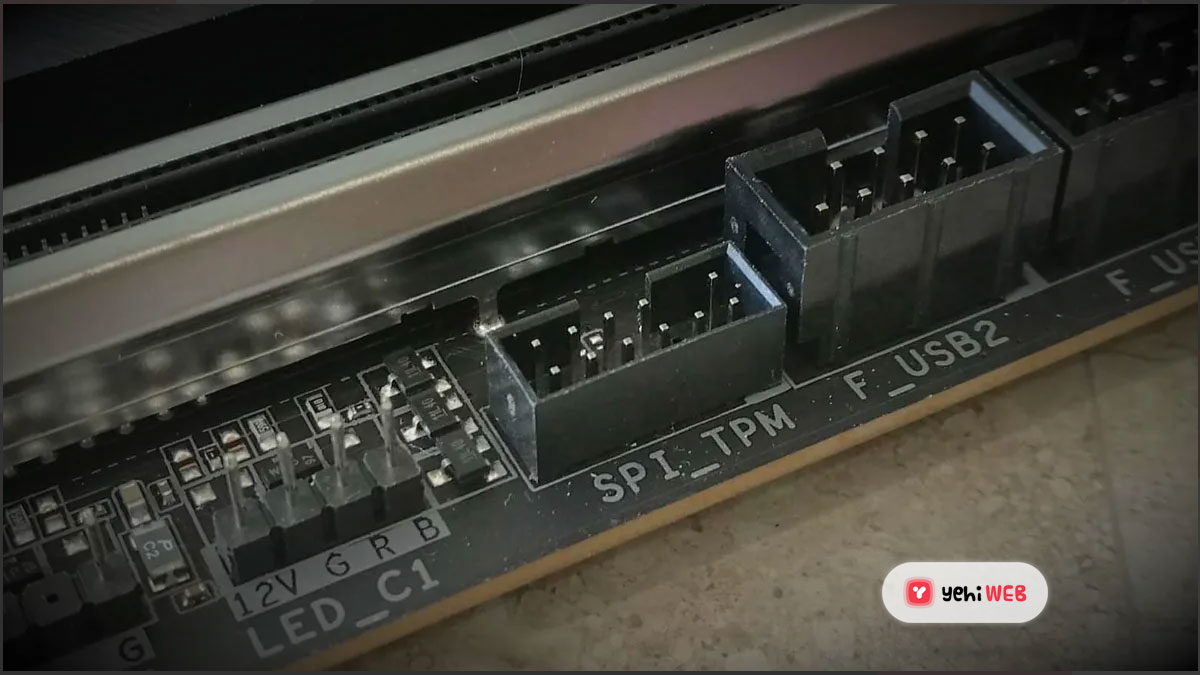Ever had your computer just give up on you? The screen goes black. No beeps. No response. It’s like it’s taken a nap with no plans of waking up. That could be a fatal hardware error.
But don’t panic! With a little know-how and a screwdriver, you can often fix it. Let’s dive in and keep it fun.
What Are Fatal Hardware Errors?
These are serious problems that stop your computer from working. The system might not boot at all. Sometimes, it crashes before it even starts. Scary? A little. But many times, it’s something you can fix.
Common Symptoms Include:
- No power at all
- Beeps but no screen
- Frequent crashes or blue screen errors
- Overheating and shutting down
First Step: Check the Basics
Before you crack open the case, do the easy stuff.
- Check the power cord: Make sure it’s plugged in.
- Look at the power button: Is it working?
- Smell test: If it smells burnt, that’s a clue!
Still nothing? Time to go a little deeper.
Open the Case
Turn off your system. Unplug it. Then open the case carefully. What are we looking for?
- Loose cables
- Dust bunnies the size of a cat
- Burn marks or fried components
You’d be surprised how often dust or a loose wire causes the issue.

Common Fatal Hardware Problems
1. Bad RAM
RAM is where your computer does thinking. If it’s bad, it can’t think! Try removing the RAM and testing one stick at a time.
2. Dead Hard Drive
If the system starts but can’t find your files, the drive might be gone. Listen for clicking sounds. That’s the hard drive crying.
3. Failed Power Supply
No lights? No sounds? The power supply might be toast. Try replacing it with a known working one.
4. Overheating CPU
Do your fans work? Is your heatsink dusty? Your CPU might be cooking itself to death. Clean the fans, reapply thermal paste, and try again.

5. Motherboard Issues
The motherboard is the boss of the system. If it’s bad, nothing else works properly. Look for bulging capacitors or visible damage.
How to Fix Things
Once you’ve spotted the issue, it’s fix-it time!
- RAM: Replace faulty sticks. Buy the same size and type.
- Hard Drive: Swap it out. Restore from backup if available.
- Power Supply: Replace it. Match the wattage and connectors.
- CPU Overheat: Clean and cool it down with fresh thermal paste and working fans.
- Motherboard: Tougher, but doable. Replace with the same model if possible.
Some issues are quick fixes. Others need patience and parts. But each step gets you closer to victory!
Pro Tips
- Keep your system clean: A buildup of dust leads to overheats.
- Use a surge protector: Lightning and power surges can kill your hardware fast.
- Don’t panic: Most problems are fixable. One step at a time!
When to Call in the Pros
If you’ve tried everything and it’s still not working, it might be time to call in the experts. That’s okay! Some issues need special tools and knowledge.
But the more you learn, the more you can fix yourself. Plus, tearing down a computer can be oddly satisfying.
So next time something goes wrong, don’t fear the beep of doom. You’ve got this!
yehiweb
Related posts
New Articles
How to Upload Insurance Documents to Your Google Business Profile
As businesses strive to improve trust and transparency with potential clients, uploading vital information like insurance documents to your Google…


